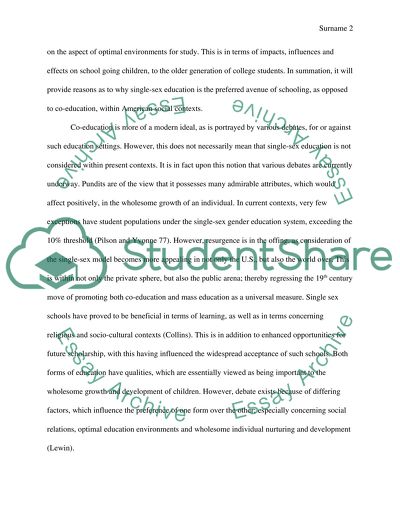Cite this document
(“Why is single sex gender school is better than co ed Research Paper”, n.d.)
Why is single sex gender school is better than co ed Research Paper. Retrieved from https://studentshare.org/english/1642667-why-is-single-sex-gender-school-is-better-than-co-ed
Why is single sex gender school is better than co ed Research Paper. Retrieved from https://studentshare.org/english/1642667-why-is-single-sex-gender-school-is-better-than-co-ed
(Why Is Single Sex Gender School Is Better Than Co Ed Research Paper)
Why Is Single Sex Gender School Is Better Than Co Ed Research Paper. https://studentshare.org/english/1642667-why-is-single-sex-gender-school-is-better-than-co-ed.
Why Is Single Sex Gender School Is Better Than Co Ed Research Paper. https://studentshare.org/english/1642667-why-is-single-sex-gender-school-is-better-than-co-ed.
“Why Is Single Sex Gender School Is Better Than Co Ed Research Paper”, n.d. https://studentshare.org/english/1642667-why-is-single-sex-gender-school-is-better-than-co-ed.


